
The British Army is committed to inspiring the next generation of Scientists, Engineers, Technologists and Mathematicians through its involvement in the Bloodhound SSC project.
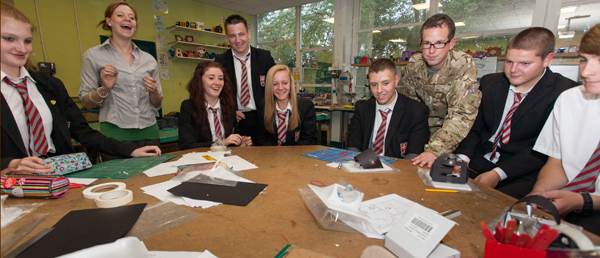
The Army’s Royal Electrical and Mechanical Engineers (REME) are amongst the world’s leading engineering and management organisations supporting cutting edge equipment and technology in the most challenging environments across the world.
Royal Electrical and Mechanical Engineers

As professional Mechanical, Electronic and Aeronautical Engineers the REME employ a wide range of trade skills from Avionics Technicians servicing Apache Helicopters to Vehicle Mechanics repairing vehicles to Electronic Technicians climbing masts to maintain optical systems that protect British bases.
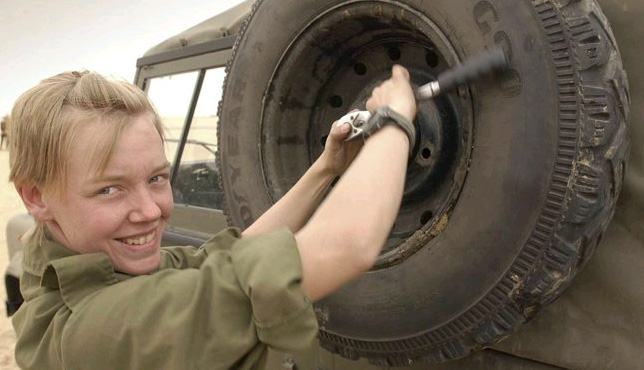

A five strong REME team (one Officer and 4 Soldiers) will use their Army training and experience from Operations to provide engineering and management skills to the Bloodhound SSC team which will be vital to the success of the project both in the UK and during the record attempts.
From left: the Royal Electrical and Mechanical Engineers Team, Defence Minister Philip Dunne, driver Wing Commander Andy Green and Bloodhound Director Richard Noble pose with a model of the Bloodhound SuperSonic Car
[Picture: Sergeant Adrian Harlen RLC, Crown Copyright/MOD 2012]
History of the Corps - over 70 years of REME Heritage
Maintaining and repairing the Army's equipment has always played an important part in ensuring the fighting efficiency of the Service. Until the late 19th century, however, the relative simplicity of the equipment in use with the Army made a specialist corps of tradesman unnecessary. The soldier carried out minor repairs on his own equipment, assisted as necessary by the armourer, the regimental farrier, the carpenter and the leatherworker.
The early years of the Second World War brought the realisation that the existing repair system was not able to support the massive scale of equipment being deployed in every theatre. In 1941 the War Cabinet directed Sir William Beveridge to carry out an enquiry into the employment of technical manpower in the Services. As a result of the recommendations of this enquiry, the Royal Corp of Electrical and Mechanical Engineers was formed on 1st October 1942.
One of its first missions was the Battle of El Alamein, the British Army's first major operation after the Corps was formed. It has since evolved into a highly skilled and specialised Corps that is capable of meeting the toughest of challenges anywhere in the world.
Over the past 60 years REME has played a vital role in all of the Army's operations, being present in Palestine, Korea, Kenya, Malaya, Suez, Cyprus, Northern Ireland, the Falklands, Afghanistan and both Gulf Wars. It has also been involved in peacekeeping duties all over the globe, from the Balkans to Sierra Leone.

The REME Capbadge |
|
White Stallion: The symbol of horsepower and mechanical drive. Chain: Illustration of harnessing power. Lightning strike: The field of electronics and electrical power. Globe: Recognition that the REME soldier is capable of operating in any environment across the globe. |
The REME BLOODHOUND teams:
Team Leader
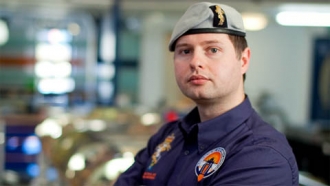 Major Oli Morgan
Major Oli Morgan
You can read Major Oli Morgan's blogs here
The current team working on Bloodhound SSC is shown on the team page
Previous teams:
Team 4:
 Sgt Josh Thompson
Sgt Josh Thompson
 Cpl Stuart Richardson
Cpl Stuart Richardson
Team 3:
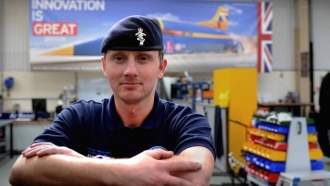 SSgt Matt Chapman
SSgt Matt Chapman
 SSgt Rob Pattinson
SSgt Rob Pattinson
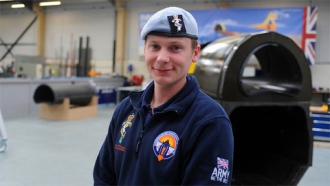 Sgt Rick Constable
Sgt Rick Constable
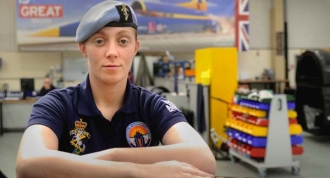 Cpl Chloe Rhodes
Cpl Chloe Rhodes
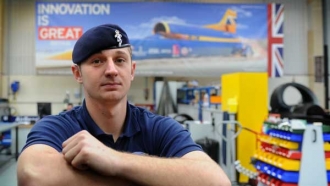 LCpl Luke Taylor
LCpl Luke Taylor
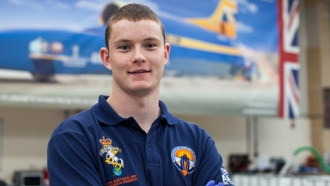 LCpl Ryan Kerr
LCpl Ryan Kerr
Team 2:
SSgt Ben Richards
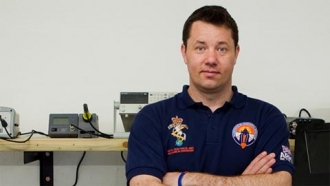 SSgt Henry 'H' Breed
SSgt Henry 'H' Breed
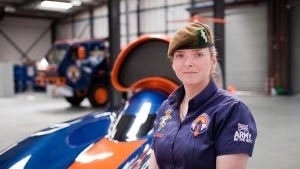 Cpl Lisah Brooking
Cpl Lisah Brooking
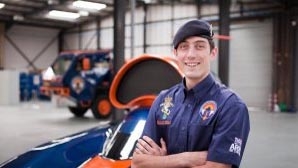 Cfn Andy Pike
Cfn Andy Pike
Team 1
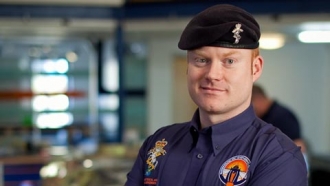 SSgt Neil Gallagher
SSgt Neil Gallagher
Mark Edwin
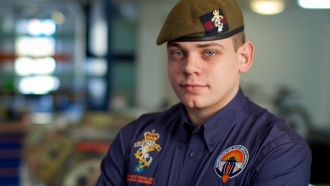 Cfn Rob Fenn
Cfn Rob Fenn
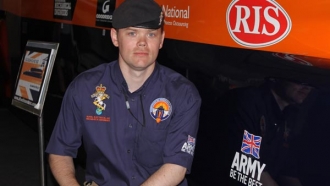 L Cpl Graham Sargeant
L Cpl Graham Sargeant

 The Capbadge of the Royal Electrical and Mechanical Engineers symbolises its role and skills supporting the British Army’s fleet of equipment:
The Capbadge of the Royal Electrical and Mechanical Engineers symbolises its role and skills supporting the British Army’s fleet of equipment: